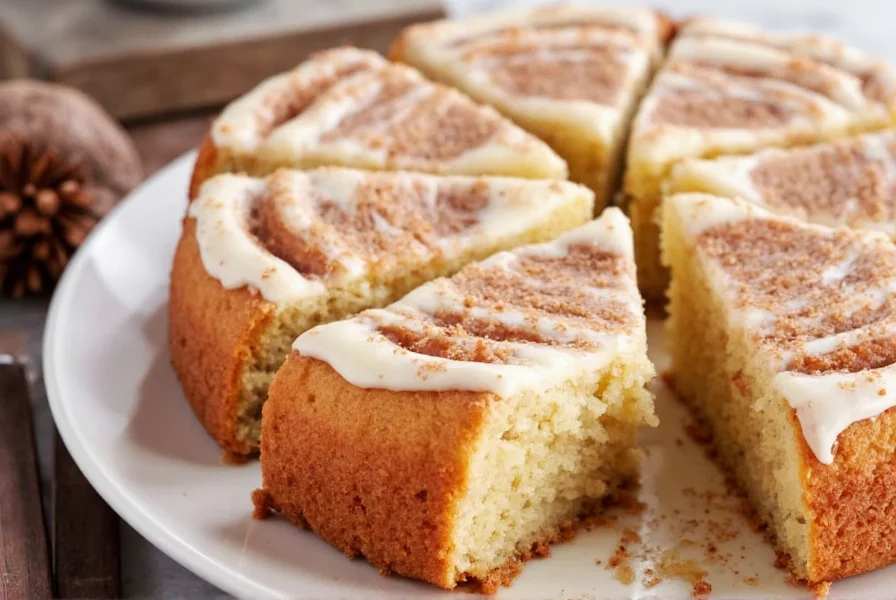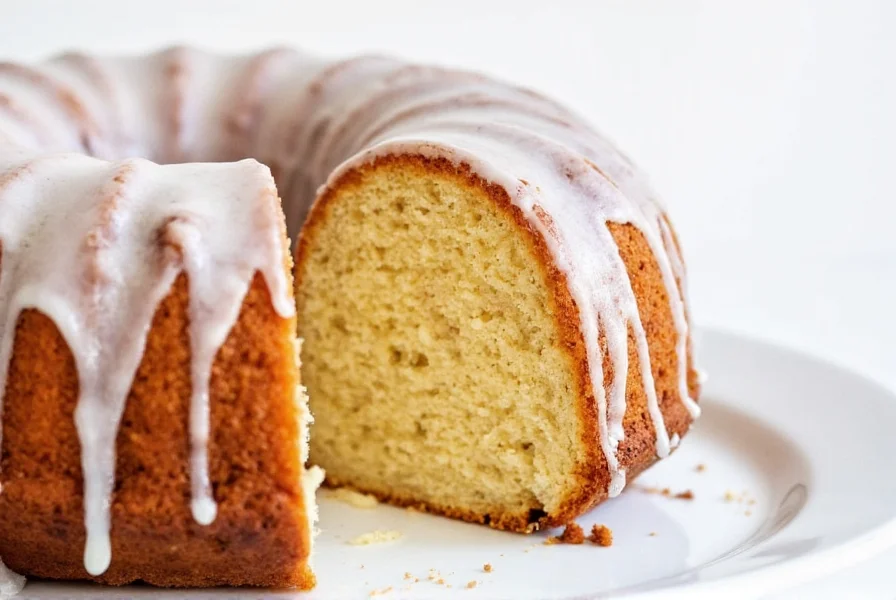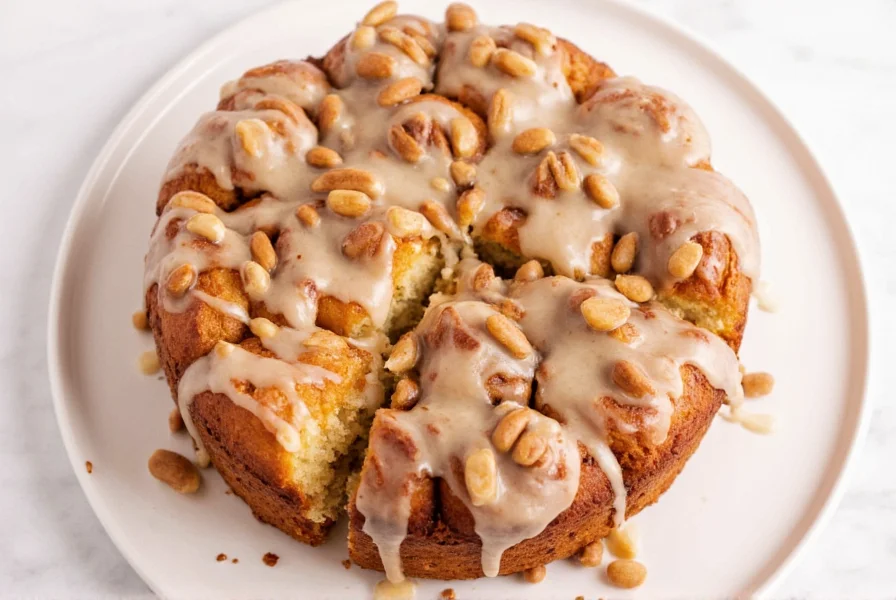For baking enthusiasts seeking the comforting flavors of cinnamon rolls with less assembly time, cinnamon bun cake presents the perfect solution. This innovative dessert merges the best elements of two classic treats into one cohesive creation that maintains the signature swirls and rich cinnamon flavor while simplifying the baking process.
What Sets Cinnamon Bun Cake Apart
Unlike traditional cinnamon rolls that require individual shaping and precise spacing on baking sheets, cinnamon bun cake transforms these elements into a single pan creation. The cake batter serves as the foundation, with a generous cinnamon-sugar-butter filling swirled throughout before baking. This approach eliminates the need for rolling and cutting individual buns while preserving the essential flavor profile.
Professional bakers appreciate how this format solves common cinnamon roll challenges: no uneven rising, consistent texture throughout, and simplified serving. The cake structure prevents the "naked bottom" problem that sometimes occurs with traditional rolls when the filling sinks during baking.
Essential Ingredients and Their Purpose
Creating an exceptional cinnamon bun cake requires understanding each component's role:
| Ingredient | Function | Professional Tip |
|---|---|---|
| All-purpose flour | Provides structure | Spoon and level flour rather than scooping to prevent dense cake |
| Buttermilk | Creates tender crumb | Substitute with milk + ½ tsp vinegar if needed |
| Brown sugar | Enhances moisture and caramel notes | Pack firmly for consistent filling texture |
| Cinnamon | Primary flavor component | Use Ceylon cinnamon for complex flavor profile |

Step-by-Step Preparation Guide
Follow these detailed steps for perfect cinnamon bun cake every time:
1. Prepare the Cake Batter
Mix dry ingredients separately from wet ingredients, then combine just until incorporated. Overmixing develops gluten which leads to tough texture. The batter should resemble thick pancake batter - pourable but substantial.
2. Create the Cinnamon Filling
Combine ½ cup softened butter, 1 cup packed brown sugar, 2 tablespoons cinnamon, and ¼ teaspoon salt. The filling should have a spreadable but not runny consistency. Too soft and it will sink; too firm and it won't swirl properly.
3. Layering Technique
Pour half the batter into your greased 9x13 pan, spreading evenly. Drop spoonfuls of filling over the batter, then carefully spread to cover completely. Add remaining batter on top, gently spreading to cover the filling without disturbing the layer beneath.
4. Swirling Method
Use a knife or offset spatula to create figure-eight patterns through the layers. Make 5-6 vertical and horizontal passes - too little swirling leaves pockets of filling, too much creates muddy layers without distinct swirls.
5. Baking Parameters
Bake at 350°F (175°C) for 35-40 minutes until a toothpick inserted in the center comes out clean. The cake should spring back when lightly pressed. Rotate the pan halfway through baking for even cooking.

Common Mistakes and Solutions
Even experienced bakers encounter challenges with cinnamon bun cake. Here's how to address frequent issues:
- Filling sinking to the bottom: Ensure your filling isn't too liquid. The butter should be softened but not melted, and the sugar properly incorporated.
- Dry texture: Overbaking is the most common culprit. Check 5 minutes before the minimum baking time and remove when cake springs back lightly.
- Weak cinnamon flavor: Use fresh cinnamon (replace every 6 months) and consider adding ¼ teaspoon espresso powder to enhance spice notes without coffee flavor.
- Uneven rising: Make sure your leavening agents (baking powder/soda) are fresh and properly measured.
Variations for Different Dietary Needs
Adapt this versatile recipe for various dietary requirements while maintaining structural integrity:
- Gluten-free cinnamon bun cake: Substitute with 1:1 gluten-free flour blend and add ½ teaspoon xanthan gum for binding.
- Vegan version: Replace eggs with flax eggs (1 tbsp ground flax + 3 tbsp water per egg) and use plant-based butter.
- Reduced sugar option: Decrease filling sugar by 25% and use monk fruit sweetener in the cake portion.
- Nutty twist: Add ½ cup chopped pecans or walnuts to the filling for texture contrast.
Serving and Storage Recommendations
For optimal flavor development, allow the cake to cool completely before adding frosting - this prevents melting and ensures clean slices. The cream cheese frosting should be thick enough to hold its shape but spreadable.
Store leftovers covered at room temperature for up to 2 days or refrigerate for up to 5 days. Reheat individual slices briefly in the microwave (10-15 seconds) to restore that fresh-baked warmth before serving.











 浙公网安备
33010002000092号
浙公网安备
33010002000092号 浙B2-20120091-4
浙B2-20120091-4